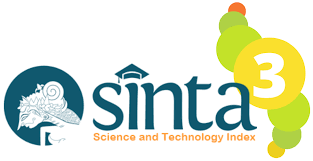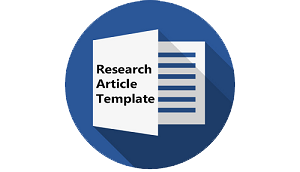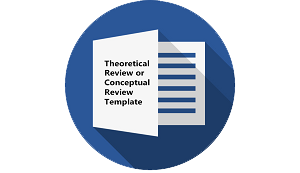KATEGORISASI SEMANTIS VERBA MARAH DAN TURUNANNYA DALAM BAHASA BATAK TOBA: KAJIAN SEMANTIK
DOI:
https://doi.org/10.30957/lingua.v21i1.880Keywords:
verba “mirip marah†('angry-like') verb, semantic components, categorizationAbstract
This research aims to describe categorization semantics verb “mirip marah†(angry-like) in the Toba Batak language. Through the MSA theoretical framework. Research data, both oral and written, was obtained using the listening method and the proficient method with a list of questions consisting of two models, namely (1) the verb lexicon 'like angry' and (2) the verb construction 'like angry' (DCT: Discourse Copeletion Test) .All data was studied using the matching method and the agih method, then presented using formal and informal methods and tested using triangulation techniques. The research results show that the verb “ mirip marah†('angry-like’) in the Toba Batak Language (BBT) is categorized with the component 'I don't want something like this to happen'. Then the category results are divided into three subcategories, namely: (1) subcategory 'I want something else now', (2) subcategory 'I want to say what I think about this' and (3) subcategory 'I want to do something'.
Downloads
References
Dewi, L. Zahrasari (2005). “Pengalaman, Ekspresi, dan Kontrol Marah Pada orang Batak dan Jawaâ€. Jurnal Psikologi Fakultas Psikologi UNIKA Atma Jaya Vol. 16, No. 2: Jakarta.
Goddard, C. (1994) Semantic Theory and Semantic Universal. Dalam C. Goddard (ed.) 1996. Cross-Linguistic Syntax from a Semantic Point of View (NSM Approach), 1-5. Canberra: Australian National University.
Goddard, C. (1996). “The social emotions of Malay (Bahasa Melayu)â€, Ethos 24, pp. 425-465.
Goddard, C. dan Anna Wierzbicka. (2014). Word and Meaning. Oxford University Press.
Mulyadi, R. (2006). “Aplikasi Teori Metabahasa Makna Alami dalam Kajian Maknaâ€. Jurnal Ilmu Bahasa dan Sastra. Vol. II. No.2.
Mulyadi. (2010). Verba Emosi Statif dalam Bahasa Melayu Asahan. Linguistika, Vol.17(33): 169-180.
Mulyadi. (2012). Verba Emosi Bahasa Indonesia dan Bahasa Melayu Asahan: Kajian Semantik Lintas Bahasa. (tesis). Denpasar: Universitas Udayana.
Mallison, Graham dan Barry J. Blake. (1981). Language Typologi. Amsterdam: North-Holland Publishing Company.
Rostina dan Mulyadi. (2022). “The interjection of ômma in the Acehnese language: A natural semantic metalanguage approach. Studies in English Language and Education, 9(3), 1315-1328.
Suciati, R. dan Ivan. (2016). “Perbedaan Ekspresi Emosi pada Orang Batak, Jawa, Melayu dan Minangkabauâ€. Jurnal Psikologi, Vol.12 No.2.
Spielberger, C.D. (1998). State-Trait Anger Expression Inventory: Professional Manual. Psychological Assesment Resources. Florida: North Florida Avenue.
Strongman, K.T. (2003). The Psychology of Emotion: From Everyday Life to Theory (Fifth ed.). England: Jhon Wiley and Sons, ltd.
Downloads
Published
How to Cite
Issue
Section
License
Authors who publish with this journal agree to the following terms:
- Authors retain copyright and grant the journal right of first publication with the work simultaneously licensed under a Creative Commons Attribution-ShareAlike 4.0 International License that allows others to share the work with an acknowledgement of the work's authorship and initial publication in this journal.
- Authors are able to enter into separate, additional contractual arrangements for the non-exclusive distribution of the journal's published version of the work (e.g., post it to an institutional repository or publish it in a book), with an acknowledgement of its initial publication in this journal.
- Authors are permitted and encouraged to post their work online (e.g., in institutional repositories or on their website) prior to and during the submission process, as it can lead to productive exchanges, as well as earlier and greater citation of published work (See The Effect of Open Access).















